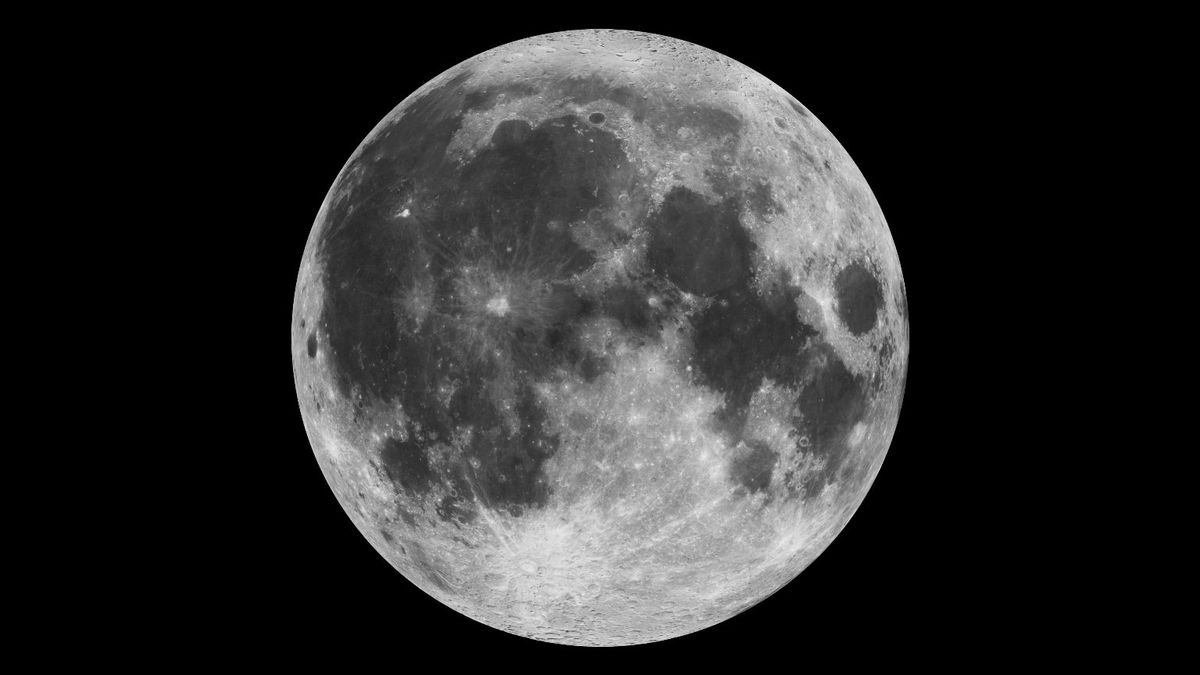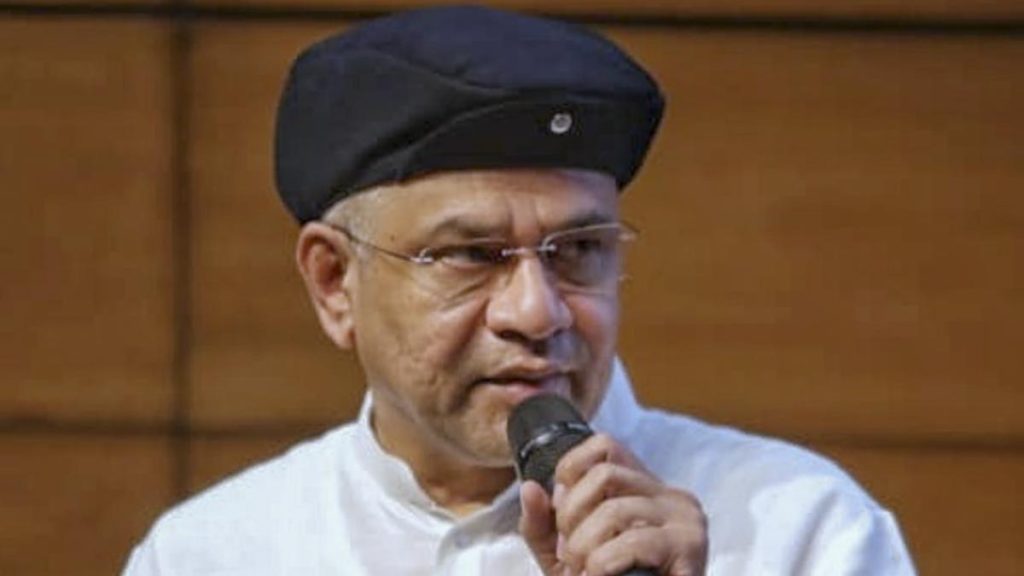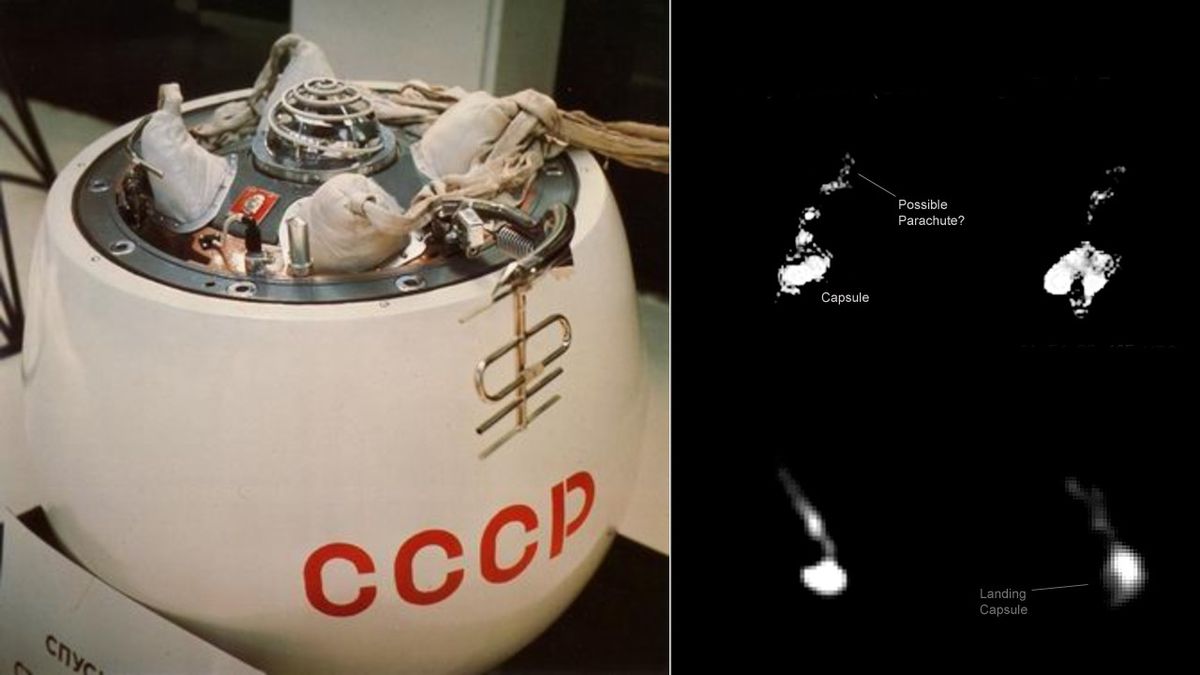Now Reading: DARPA Seeks Spacecraft to Hunt for Lunar Water
-
01
DARPA Seeks Spacecraft to Hunt for Lunar Water
DARPA Seeks Spacecraft to Hunt for Lunar Water

Quick Summary
- DARPA, the U.S.Defense Advanced Research Projects Agency, announced its LASSO (Lunar Assay via Small Satellite Orbiter) program.
- The aim is to build affordable satellites capable of orbiting the moon at extremely low altitudes (as low as 6.2 miles or 10 km).
- These spacecraft will search for areas with water concentrations larger than 5% across patches of ground up to 1.5 square miles (4 square km).
- current moon orbiters stay above 62 miles (100 km) due to gravitational challenges caused by lunar mass concentrations (“mascons”).
- LASSO’s low-altitude mapping could contribute to better identification of optimized zones for potential water retrieval efforts.
- the program includes an economic evaluation comparing costs of Earth-delivered and lunar-sourced water.
- It aims to develop technologies enhancing U.S. space situational awareness (SSA) and satellite maneuverability under challenging orbital conditions.
- The mission aligns with a NASA-DARPA study focusing on long-term lunar infrastructure and future lunar economy progress strategies.
- Submissions for project abstracts are open until May 27.
Indian Opinion Analysis
India has recently amplified its focus on space exploration, as evidenced through missions like Chandrayaan and collaborations with international partners. DARPA’s aspiring LASSO project could serve as both a benchmark and a source of valuable insight into similar endeavors India might undertake in the future.
From an analytical viewpoint, advancing technologies that operate effectively under extreme spatial conditions-such as ultra-low moon orbits-can reshape global approaches toward resource utilization beyond Earth’s atmosphere. For India, this signals the growing relevance of establishing strategic competencies in satellite precision engineering, economic feasibility studies for off-Earth sourcing (e.g., water), and fostering innovation partnerships within global space alliances.
While the initiative currently positions U.S.-led efforts at the forefront, it also sparks conversations about competitive collaboration among nations working on enduring extraterrestrial economies-a sphere where India prioritizes scaling indigenous capabilities while aligning closely with international frameworks like that emerging from programs such as Artemis Accords.
Maintaining neutrality toward such developments enables long-term evaluation based solely on technological efficacy rather than geopolitical comparisons-a principle critical for setting India’s trajectory amid increasing multi-national interests linked beyond Earth resources.

























